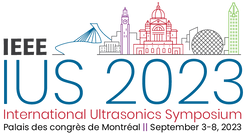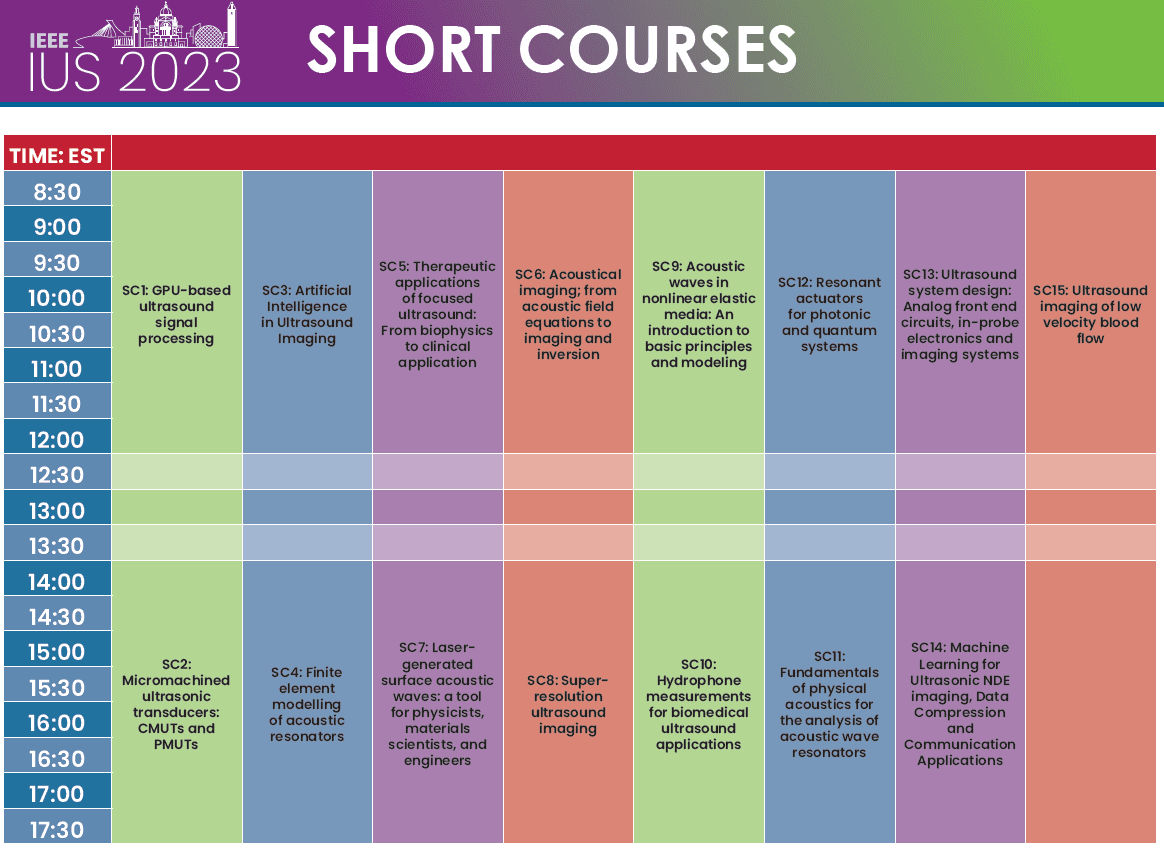SC1: GPU-based ultrasound signal processing
Nowadays, GPUs (Graphics Processing Units) serve as work-horses for processing massive amount of data and to accelerate general-purpose scientific and engineering computing. The main goal of the training is to get familiar with the GPU/parallel programming and apply it to ultrasound signal processing. The short-course is going to be practically oriented with a 50/50 split between the lectures and exercises. We are planning to leverage a common knowledge of the basic ultrasound processing methods and show how to translate them into working parallel algorithms. The workshop will target both low-level Nvidia CUDA GPU programming and high-level Python tools. This blend of development tools enable fast prototyping of new processing methods and later migration to a high-performance native GPU implementation. During the exercises, the Participants will implement and test their algorithms on ready to use RF datasets, as well as have an opportunity to run them on an ultrasound research system equipped with GPU.


